The Storm in the Coffee Cup (part two)-Brand is Power
In June of the second ○○, when the trademark case, which had been in dispute for two years, came to an end, Starbucks recognized that Ethiopia owned the trademarks of Sidamo, Yegashefi and Harald, and agreed to license the use of trademarks from Ethiopia, and agreed to assist Ethiopia in the marketing of coffee from these three areas. In November, President Howard Schultz (Howard Schultz) visited the provincial capital of Egypt and donated money to both sides.
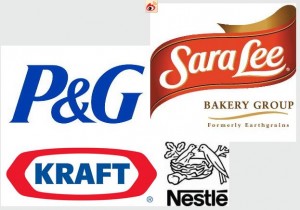
To be fair, Starbucks imports about 12-180000 metric tons of coffee a year, which pales in comparison to Procter & Gamble, Nestle, Sara Lee (acquired brands including Douwe Egberts, Chock Full O'Nuts, Hills Bros, MJB, and coffee supplier to Dunkin Donuts) and Kraft Foods (Kraft, the main brand is Maxwell Maxwell). Baoqiao, Nestl é, Sarah Li and Kraft Foods are known as the four biggest coffee roasters in the world. The annual turnover of the coffee roasting department is more than 1 billion US dollars, and the total annual coffee purchase accounts for half of the world's total production. Starbucks treats coffee farmers at least much more kindly than the four super bakeries that "yell that water will freeze". However, it is burdened by fame and is often the target of public criticism, and it is easy to get ruined if it is not careful. Interestingly, some operators in this case have made a profit as a result. Green Mountain Coffee (Green Mountain Coffee Roasters), a well-known coffee company on the east coast of the United States, is most considerate of the unfair treatment suffered by coffee farmers. in six years, ○○ took advantage of Ethiopia's quarrel with Starbucks to sign an origin license agreement with Ethiopia, effortlessly winning a corporate image war.
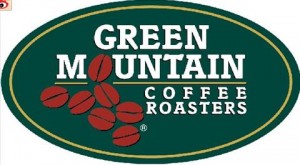
As of November 2007, Ethiopia had applied for trademark rights of "Yirgacheffe", "Sidamo" and "Harar" of Harald from 36 countries around the world, which had been recognized by 28 countries and signed trademark license agreements with 24 coffee companies in the United States, Europe and Japan. In May 2008, there were also 25 large coffee companies signed by ○○. This will give Ethiopian coffee farmers and trade unions more power to set prices, no longer controlled by others, and greater protection for farmers' profits.

At the annual meeting of the American Regional Coffee Association held in Minnesota in 2008, Harald, which smelled of blueberries and tasted a bit like fine wine, became a hit. Sidamo's international retail price even soared to $57.20 per kilogram. The doubling of prices reflects the true value of Ethiopian coffee, with its own brands successfully entering the international market and requiring the implementation of a dealer licensing system that allows 15 million coffee farmers to reduce the exploitation of middlemen and achieve higher retail prices.
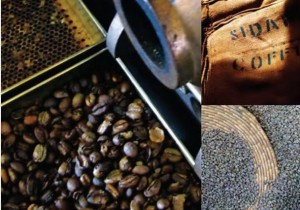
Getachew Mengistie, director of Ethiopia's Bureau of intellectual property, said at the time that a small number of developing countries in Africa had begun to understand that trademark intellectual property rights play an important role in export foreign exchange earnings in the modern economy, and Ethiopia was proud to be the first country to manage its own brand and to use registered product trademarks as a tool for poverty reduction.
Ethiopia, which can increase its annual coffee export income to US $1.2 billion to US $1.6 billion in the future, has now occupied a certain position in the selected coffee market, which has brought great inspiration to other African countries rich in agricultural and mineral products. That is, "brand is power."
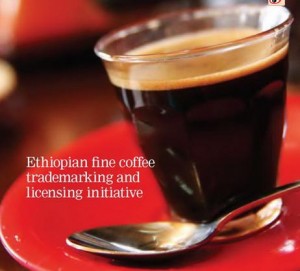
At this point in the story, this time there is a happy ending! The Ethiopian authorities have finally used proper tactics, coupled with the overwhelming force of international public opinion, to win back their own rights and interests. This is not the reason why God helps those who help themselves! This reminds bloggers of Somali pirates in recent years. Somalia is in East Africa, facing the Gulf of Aden to the north, the Indian Ocean to the east and Kenya and Ethiopia to the west. Somali products and seafood are rich in East Africa. Somalis are polite, polite, courteous and courteous in social interaction and have strong national feelings. In social places, Somalis attach great importance to their own clothes, pay great attention to whether they dress appropriately, date punctuality, hospitality … It has become a cursed "pirate kingdom" over the years, but do you know why?
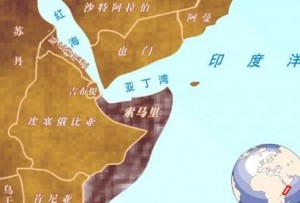
Everyone says that it is their own warlord civil war or something. Haha, you have been fooled by the so-called European and American civilized media again! In those days, there was still some order in Somalia, which was maintained by local organizations similar to the religious court of Eslan, but it was a pity that the US government did not like it. Unscrupulous businessmen in Europe have dumped European toxic waste and nuclear waste into other people's homes, the natural environment has been seriously damaged, and fishery resources have been overcaught and fished by outsiders, completely exhausted (Somalis do not have their own nuclear power plants, how to get nuclear waste! There is no such advanced equipment as a barbed trawler, which can make it impossible to catch fish once and for all.
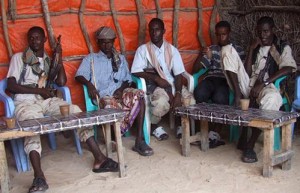
As a result, enthusiastic Somalis have no choice but to take risks and fight for survival when they have no way to cry. The Somalis argue that their "piracy" is an action taken to safeguard the sovereignty and survival of their homeland, following the example of the sages in Washington who dealt with the British during the American Revolution. (Hey, the United States was also an example of this kind of piracy at that time, and the most famous "Boston Tea case" was not an obvious example!) Somalis think: why did you do it at that time, we are scolded as "pirates" when we do it now!
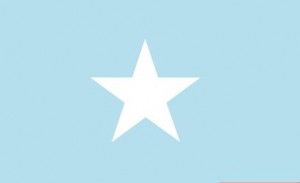
In the past few years, our Chinese government has carried out cooperation programs in some friendly African countries to help local construction. as a result, our national defense has been made like thieves by these European and American "colonization" at that time, fearing that we have occupied their "vested interests" and have been criticized and questioned. Alas, some people have gone too far... In short, only self-reliance and self-improvement, stand up, can be affirmed and recognized by everyone! I would like to wish the African people can find their own road to renaissance!
Important Notice :
前街咖啡 FrontStreet Coffee has moved to new addredd:
FrontStreet Coffee Address: 315,Donghua East Road,GuangZhou
Tel:020 38364473
- Prev
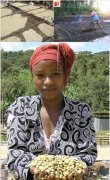
The Storm in the Coffee Cup (Middle)-the tragic Appeal of Ethiopia
It is said that Ethiopia in poor countries is preparing to fight a century lawsuit with Starbucks in rich countries, which has attracted global attention. Ethiopia plays the grief card, and the global media and humanitarian organizations almost lean to the weak. Egypt uses Starbucks' popular "partner Sun Sidama" (Shirkina Sun-Dried Sidamo) as an example to tell the bitterness of coffee farmers: southern Ethiopia.
- Next

History of coffee machine A brief history of the development of coffee machine in Italy
Ⅰ, a brief history of the development of Italian coffee machines, I do not know who first wrote this paragraph: at the beginning of the 20th century, an impatient engineer living near Napoli, Italy, was impatient with dripping coffee for too long, so he was waiting for time to come up with a way to brew coffee in a high-temperature, high-pressure way to shorten the time, so he invented a unique meaning in the world.
Related
- Beginners will see the "Coffee pull flower" guide!
- What is the difference between ice blog purified milk and ordinary milk coffee?
- Why is the Philippines the largest producer of crops in Liberia?
- For coffee extraction, should the fine powder be retained?
- How does extracted espresso fill pressed powder? How much strength does it take to press the powder?
- How to make jasmine cold extract coffee? Is the jasmine + latte good?
- Will this little toy really make the coffee taste better? How does Lily Drip affect coffee extraction?
- Will the action of slapping the filter cup also affect coffee extraction?
- What's the difference between powder-to-water ratio and powder-to-liquid ratio?
- What is the Ethiopian local species? What does it have to do with Heirloom native species?

